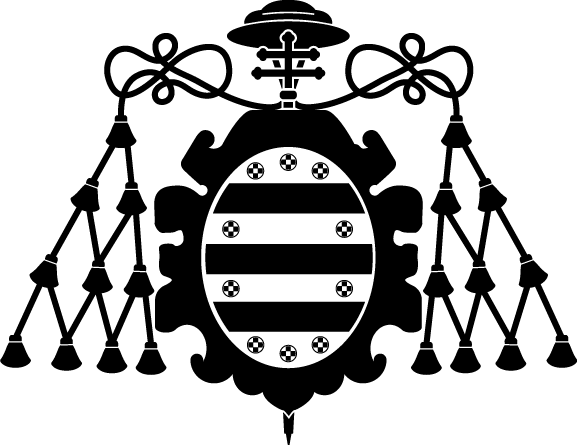Mostrar el registro sencillo del ítem
Decoupled structural and non-collinear magnetic phase transitions in Fe(ND3)(2)PO4
| dc.contributor.author | Fernández Alfonso, María Belén Aurora | |
| dc.contributor.author | Trobajo Fernández, María del Camino | |
| dc.contributor.author | Piqué Rami, María del Carmen | |
| dc.contributor.author | Fernández Díaz, María Teresa | |
| dc.contributor.author | Rodríguez Fernández, Jesús | |
| dc.contributor.author | Salvado Sánchez, Miguel Ángel | |
| dc.contributor.author | Pertierra Castro, María del Pilar | |
| dc.contributor.author | García-Granda, Santiago | |
| dc.contributor.author | Blanco Rodríguez, Jesús Ángel | |
| dc.contributor.author | García Menéndez, José Rubén | |
| dc.date.accessioned | 2013-01-30T10:08:55Z | |
| dc.date.available | 2013-01-30T10:08:55Z | |
| dc.date.issued | 2010 | |
| dc.identifier.citation | Acta Materialia, 58(5), p. 1741-1749 (2010); doi:10.1016/j.actamat.2009.11.016 | spa |
| dc.identifier.issn | 1359-6454 | |
| dc.identifier.uri | http://www.sciencedirect.com/science?_ob=MImg&_imagekey=B6TW8-4Y1W3VK-1-28&_cdi=5556&_user=971488&_pii=S1359645409007952&_origin=search&_coverDate=03%2F31%2F2010&_sk=999419994&view=c&wchp=dGLzVtb-zSkWb&md5=5184b3763526e8850e2a8726264aa812&ie=/sdarticle.pdf | |
| dc.identifier.uri | http://hdl.handle.net/10651/8608 | |
| dc.description.abstract | Interest in Fe(ND3)2PO4, one of the first three-dimensional structurally linked solids forming Fe–ND3 bonds, has been renewed recently due to the observation of structural and magnetic phase transitions. This paper reports powder neutron diffraction experiments which show that Fe(ND3)2PO4 crystallizes at room temperature in an orthorhombic (Pnma) crystal structure, but that below Tt = 226(5) K the crystal progressively adopts a monoclinic (P21/n) structure via a continuous phase transition, as observed from heat capacity measurements in the temperature range 250–100 K. In addition, neutron diffraction experiments suggest that the magnetic structure is non-collinear with an incommensurate propagation vector View the MathML source, with τ ∼ 0.04 reciprocal lattice units (rlus), and that the magnitude of the Fe(III) magnetic moments is close to μFe = 4.5 μB at T = 2 K, describing a helimagnetic arrangement. To the best of our knowledge, this is an unprecedented magnetic ordering in an iron phosphate lattice. We argue that the proposed magnetic ordering can be explained by means of a model of superexchange interactions involving Fe–O–P–O–Fe paths. | spa |
| dc.format.extent | p. 1741-1749 | spa |
| dc.language.iso | eng | |
| dc.relation.ispartof | Acta Materialia | spa |
| dc.rights | (c) Acta Materialia | |
| dc.source | WOK | spa |
| dc.subject | Iron Phosphates; Structural Phase Transition; Heat Capacity Measurements; Magnetic Properties | spa |
| dc.title | Decoupled structural and non-collinear magnetic phase transitions in Fe(ND3)(2)PO4 | spa |
| dc.type | journal article | |
| dc.identifier.local | 20100269 | spa |
| dc.identifier.doi | 10.1016/j.actamat.2009.11.016 | |
| dc.relation.publisherversion | http://dx.doi.org/10.1016/j.actamat.2009.11.016 | spa |
Ficheros en el ítem
| Ficheros | Tamaño | Formato | Ver |
|---|---|---|---|
|
No hay ficheros asociados a este ítem. |
|||
Este ítem aparece en la(s) siguiente(s) colección(ones)
-
Artículos [36139]

 ;
;